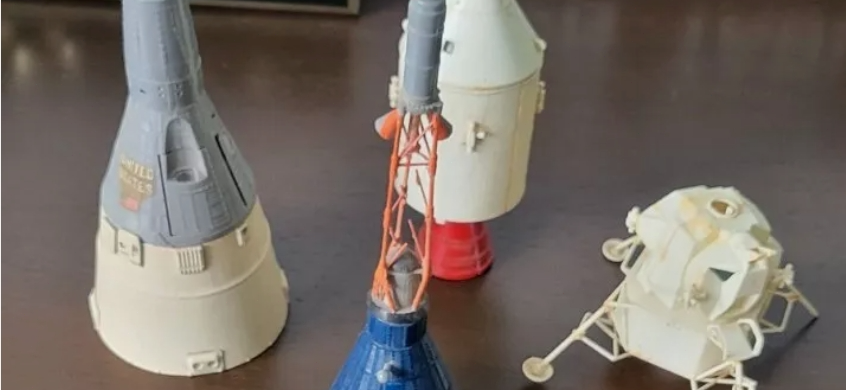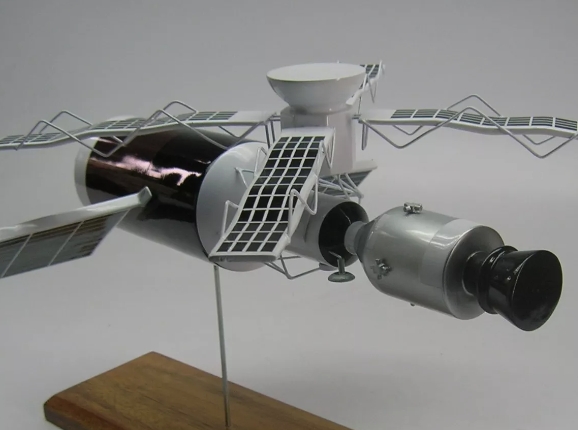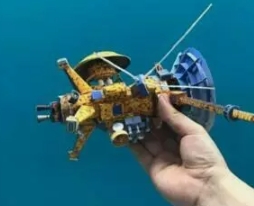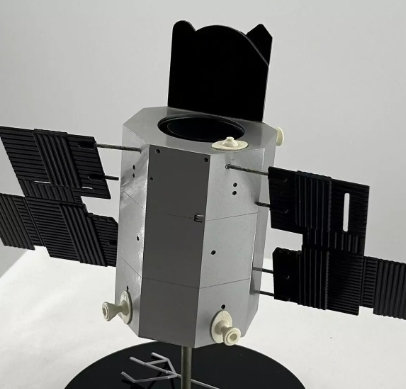A satellite model is a small model that accurately recreates the structure of a real satellite, usually made of plastic, metal, or other materials. It not only simulates the various components of the satellite in appearance, such as solar panels, antennas and sensors, but also reflects the basic characteristics of the satellite in function. Satellite models are widely used in education, display and collection, through which students and enthusiasts can intuitively understand how satellites work and their structure.
In the field of education, satellite models help students understand complex space technologies. The detailed design of the model can show key functions such as how the satellite works in orbit and how it collects and transmits data. Making and studying these models not only develops students' hands-on skills, but also deepens their understanding of physics, engineering and mathematical concepts.
Satellite models are also prized by space enthusiasts and collectors. The exquisite craftsmanship and meticulous restoration make these models not only educational, but also highly ornamental. Whether displayed on a desk or on a bookshelf, satellite models are a tribute to space and technological progress.




